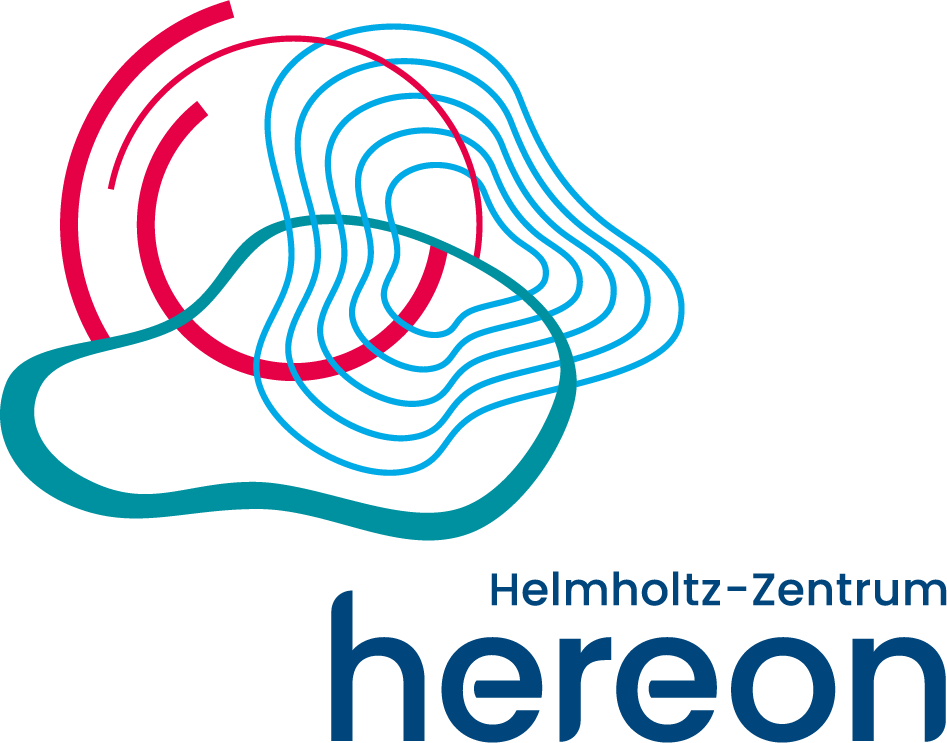MLZ is a cooperation between:
 > Technische Universität München
> Technische Universität München > Helmholtz-Zentrum Hereon
> Helmholtz-Zentrum Hereon
 > Forschungszentrum Jülich
> Forschungszentrum Jülich
MLZ is a member of:
 > LENS
> LENS > ERF-AISBL
> ERF-AISBL
MLZ on social media:

MLZ (eng)
Lichtenbergstr.1
85748 Garching
08.07.2025
Exchange with Japan: FRM II delegation visits Kyoto
As part of the Meeting of the International Group of Research Reactors (IGORR) in Japan, representatives of the FRM II visited the Institute for Integrated Radiation and Nuclear Science (KURNS) at Kyoto University. The aim of the meeting was to exchange expertise on safety standards and the future of neutron research – particularly with regard to the planned construction of a new neutron source in Japan.

The FRM II delegation visiting colleagues from Kyoto University in Japan (from left): Prof. Dr Shin-ichi Nishizawa (Kyushu University), Dr Vladimir Hutanu (FRM II), Dr Axel Pichmaier (FRM II), Daniel Schneider (FRM II) and Prof. Dr Masahiro Hino (KURNS). © Vladimir Hutanu
As neutron radiation plays a key role in areas such as medicine, materials research and energy technology, new neutron sources are being built around the world – for example in the Netherlands, Argentina or South Korea, but also other countries. The planned research reactor in Japan was also a topic of discussion during the FRM II delegation’s visit, which continues the long-standing exchange between the two research institutions.
New 10 MW research reactor in Japan
Technical Director of the FRM II and Chairman of IGORR, Dr Axel Pichlmaier, and Head of Electrical Engineering Daniel Schneider discussed the details of operating the FRM II and current technical challenges with their colleagues in Kyoto. A delegation from KURNS had already visited the FRM II in Garching in 2022 to gain an impression of the infrastructure and scientific use on site. As a high-performance neutron source with broad utilisation spectrum, the FRM II served as a model for the new research reactor in Fukui prefecture, whose design concept is developed by KURNS.
Great interest in irradiated silicon from Garching
Presentations by Prof. Dr S. Nishizawa from Kyushu University and Dr Vladimir Hutanu from FRM II during the visit in June this year focused on the role of research reactors in the global supply of neutron-doped silicon, which is indispensable for the clean energy transformation and achievement of global climate goals. The FRM II is one of only six facilities worldwide that can produce this special material. Given the limited availability of irradiation capacities in research reactors in Japan and the increasing demand, the semiconductor industry has expressed strong interest in collaborating with FRM II.
Back in operation after ten years: reactor in Tokai
A highlight of the visit was the tour of the modernised JRR-3 research reactor in Tokai. This was out of operation for over ten years following the Fukushima reactor accident and has now been successfully restarted under strict safety standards. “To see the 20 MW on the JRR-3 display panel back in operation after such a long time is an impressive achievement by our Japanese colleagues. Such visits and discussions are enormously valuable for the international exchange of experience,” summarised Axel Pichlmaier.
Related News
MLZ is a cooperation between:
 > Technische Universität München
> Technische Universität München > Helmholtz-Zentrum Hereon
> Helmholtz-Zentrum Hereon
 > Forschungszentrum Jülich
> Forschungszentrum Jülich
MLZ is a member of:
 > LENS
> LENS > ERF-AISBL
> ERF-AISBL
MLZ on social media:



